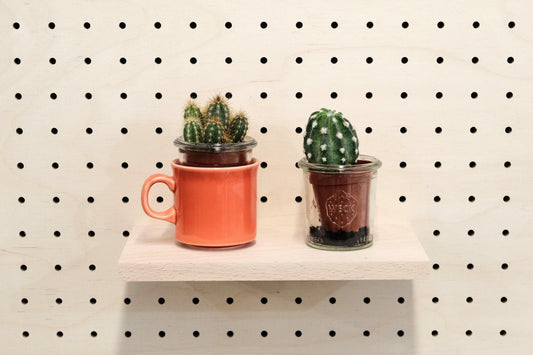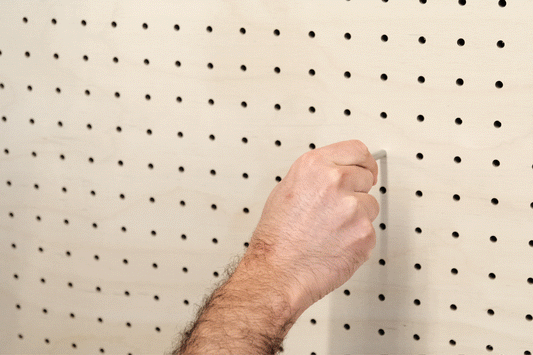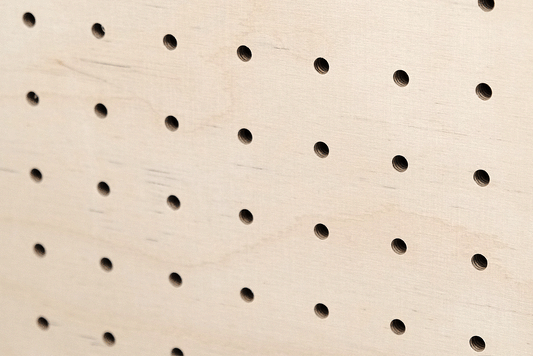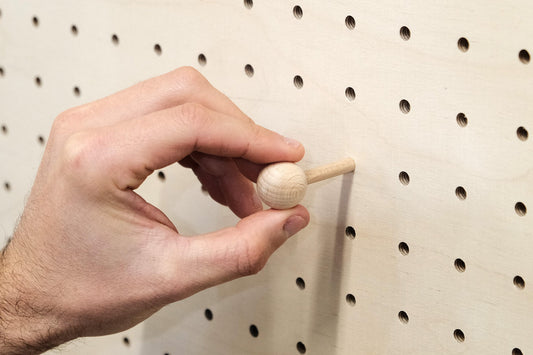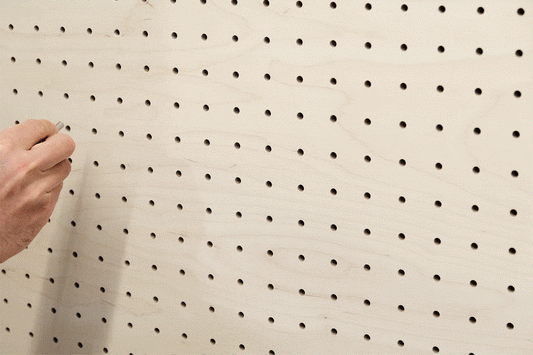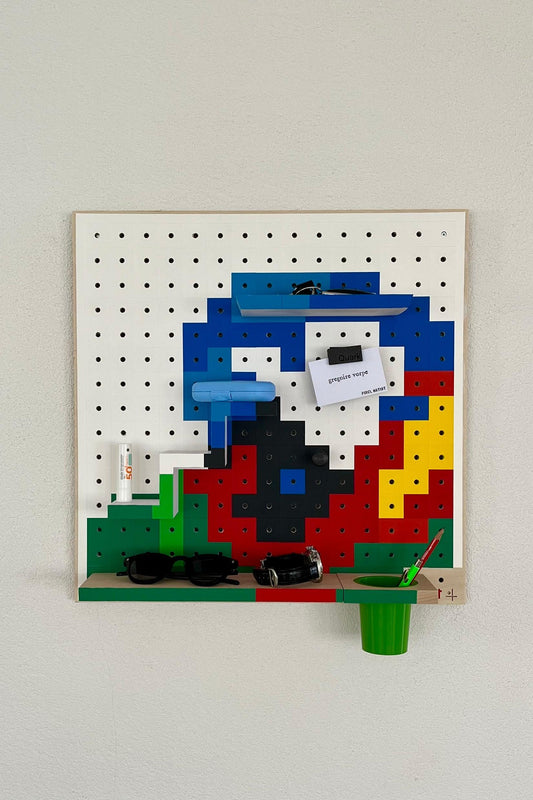In the ever-changing world of fashion, a significant transformation has taken place in recent years. The growing echo of environmental and social concerns has brought a major change in the perception and practice of the fashion industry. From the way clothes are designed to the way they are made and worn. Sustainability has emerged as a central element in this new era of conscious fashion. This reorientation towards sustainability does not just reflect a simple change in trend. But a necessary response to issues such as large-scale clothing production .
While fashion creations continue to captivate eyes. It is essential to recognize that clothing production has a profound and harmful impact on our planet. From depleted natural resources to pollution generated by industrial processes, to precarious working conditions in some parts of the world. The fashion industry has raised crucial questions about its long-term sustainability.
Sustainability Issues in the Fashion Industry
Pollution and Greenhouse Gas Emissions
At the heart of the fashion industry, the textile production process plays a crucial role in our environment. It can have a huge impact on the planet, and it's important to understand how it happens. When we talk about raw materials used to make our clothes, such as cotton or wool from sheep farms.
It is important to note that these activities require a lot of natural resources. For example, growing cotton can require the intensive use of water and pesticides. While sheep farming can lead to problems with overgrazing and deforestation. These activities can also have an impact on local soils and ecosystems. It's important to understand that our fashion choices have a real impact on the environment. The fashion industry has a role to play in protecting the planet. And that starts with more sustainable choices in production, materials and consumption patterns. By being aware of these issues, we can make more informed choices and help create a fashion industry that is more respectful of the planet.
Overconsumption and waste
The culture of fast fashion, focused on the rapid and low-cost production of clothing, has led to disproportionate overconsumption. Clothes have become ephemeral goods, worn a few times before being relegated to the back of a wardrobe, or even thrown away. This trend towards overproduction and waste accentuates textile waste problems and worsens environmental consequences. The short lifespan of clothing is emblematic of modern consumer society. But it raises crucial concerns about long-term sustainability.
Working conditions and ethics of fast fashion
Behind every item of clothing there are hands and lives. Working conditions in garment factories, particularly in developing countries, are often marked by excessive hours, poverty wages and a lack of safety standards. Fundamental human rights are too often violated in the name of profitability. Fashion, which should be a celebration of creativity and personal expression, thus becomes a reflection of structural inequalities and social injustices.
This overview of sustainability issues in the fashion industry invites us to urgent awareness. Especially regarding the need to adopt more ethical and responsible practices. The pursuit of innovative and sustainable solutions becomes essential. These solutions would help shape a future where fashion can coexist harmoniously with our planet and its inhabitants.
Sustainable solutions for the fashion industry
Sustainable and innovative materials
The future of fashion lies largely in reimagining the materials we use. Eco-friendly fabrics, such as organic cotton and recycled fibers. They offer a welcome alternative to traditional practices that drain natural resources. These materials reduce the environmental footprint while maintaining impeccable quality and style. But sustainability doesn't stop there. It paves the way for bold innovations. Vegetable leather, made from plants and mushrooms, proves that it is possible to combine fashion and ethics without compromising aesthetics. Low carbon footprint textiles, like Tencel and Piñatex, push the boundaries of creativity while protecting our planet.
Responsible and second-hand production models
The time has come to rethink the way clothes are produced. The transition to local and ethical production is a direct response to the urgency of reducing carbon emissions linked to the transport of goods across the globe. We must encourage slow fashion, which favors quality over quantity. This leads to the creation of timeless clothing that resists fleeting trends. By prioritizing careful manufacturing and fair working conditions, the fashion industry can re-establish an authentic connection between designers, artisans and consumers. But also bought second hand, clothes that have already been worn. Whether vintage or more recent, with platforms like vinted and thrift stores. There is plenty to do !
Recycling and upcycling
Recycling and upcycling are fundamental pivots in the quest for sustainability. Transforming end-of-life clothing into new fashion pieces. These practices minimize textile waste while offering a second life to creations. Collection, sorting and reuse initiatives help divert clothing from landfill. And to reintegrate them into the fashion cycle. Upcycling, for its part, asserts itself as an act of creativity by giving birth to unique pieces, carrying history and originality.
By embracing these sustainable solutions, the fashion industry can light the way to a future where beauty and integrity coexist harmoniously. Creativity and innovation in the service of sustainability open up a new horizon of possibilities where fashion can be beautiful, ethical and respectful of our planet.
Innovation and co-creation: Forging a sustainable future
In this era of challenges and opportunities, the fashion industry is called to reinvent itself. Innovation plays a key role in the search for sustainable solutions. From creators to scientists to entrepreneurs. A new wave of innovators are rethinking the processes, materials and standards that define modern fashion. From bio-created textiles to traceability technologies. The boundaries of ingenuity are pushed to shape a future where aesthetics and ethics converge.
But innovation is not limited to the professional sphere. As consumers and fashion lovers, we also have the power to innovate in our choices and habits. Let's explore second-hand markets, embrace upcycling and create unique clothing. Let's draw inspiration from traditions, local know-how and new technologies to redefine our relationship with fashion. In this common quest, each idea, each action and each collaboration contributes to building a future where fashion flourishes while preserving our planet and our values.
Innovation and co-creation are paving the way for a new chapter in fashion. Where creativity, responsibility and positive impact converge. With a collective commitment to sustainability and a bold vision for a better world. We are sculpting a future where fashion becomes a driver of positive change. By embracing these values, we become the pioneers of a movement that transcends ephemeral trends to shape a lasting and inspiring heritage.
Personal Commitment: Your Role in Change
Beyond the issues and solutions discussed, it is essential to recognize the positive impact that each individual can have on the fashion industry. Every choice we make as consumers, every decision we make as designers or entrepreneurs, has the power to shape the future of fashion. Personal commitment to the transition to sustainable fashion is not just an option, but an urgent necessity.
As informed consumers, we can influence the market by favoring brands and products that embody sustainability. We have the power to ask questions, demand transparency, and demand high ethical standards. As designers, we can explore innovative materials, rethink production models and design timeless collections. Our individual commitment, however small, resonates across the broader fashion ecosystem, driving progressive and lasting change.
As we close this exploration of issues and solutions in the fashion industry, let's remember that every action counts. Sustainable fashion is not limited to the catwalks, but is deployed in our closets, our choices and our values. It is an invitation to create a positive impact, to forge a future where style harmonizes with ethics, and where beauty is synonymous with sustainability.
To conclude, we look to a future where fashion embraces sustainability with passion and creativity. We are all invited to play a role in this transformation. Whether by supporting sustainable brands, participating in awareness campaigns or making informed choices as consumers. Every gesture counts. Together we can transcend the limitations of the fashion industry and co-create a reality where elegance, conscience and responsibility walk hand in hand.



